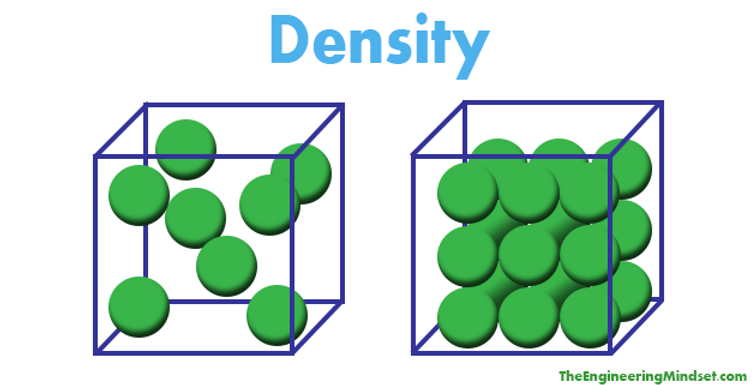
Archimedes Principle
Archimedes principle is that the upwards buoyant that is exerted on a solid in a a liquid is equal to the weight of the liquid that the solid displaced.

Volume
Volume is how much space an object occupies. The way to find volume is to measure length, width, and height then multiply them. To find the volume of irregular shaped objects you have to use the water displacement method. To do that you have to fill a beaker with a measurable amount of water, then you place the object in water and measure how much water is displaced, finally you subtract that amount from the original amount.

Mass
Mass is the amount of matter in an object. The best way to determine mass is to use a triple beam balance. The way to use a triple beam balance is to move the weights to zero out the platform.
123-456-7890
Share your feelings about DENSITY.
How do you feel about density? What do you want to know about density? Send us an email.

Example of density at work
More Examples of Density

Videos of Density
Here are some videos of density:
https://youtu.be/zlkpZZW29b0
https://youtu.be/SimFy9wOMXY
https://youtu.be/CAFGiI8708M
https://youtu.be/RZrje4dJhAk

How to Calculate Density
In order to find out the density of a regular object, you need to know two other things about the object: its volume, and its mass. You would then divide the mass of the object by its volume to find its density. For irregular objects, you need to find the volume using the water displacement method.

Definition of Density
Density is defined as mass per unit volume. Density is the amount of mass in a specified space. It is a way to measure how compact an object is. It is the number of molecules in an area or the mass per unit volume of matter. The denser an object is, the less likely it is to float.


Team Member

Santos Hernandez

Team Member






